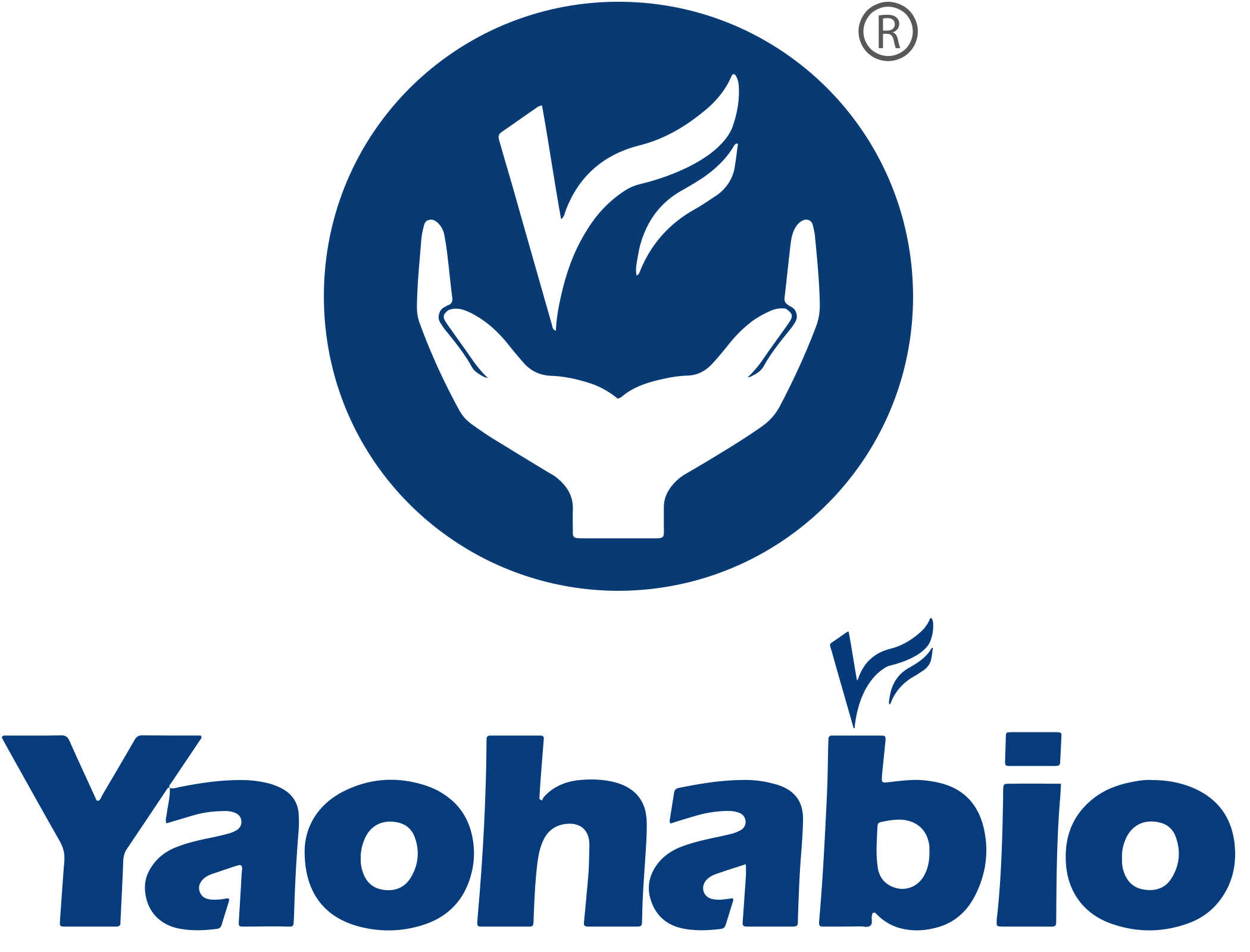Plasmid DNA: The Key to Unlocking Cancer's Therapy Code
Recently, gene therapy has showcased the huge potential in cancer treatment. It can introduce exogenous normal genes into human target cells to repair, replace, or modulate genes within the patient, ultimately achieving therapeutic goals at the root cause.
Plasmid DNA is used to deliver therapeutic DNA to target cells. With 485 ongoing plasmid DNA-based gene therapy trials globally, mostly in Phase I or I/II, it highlights the ongoing research and development stage of this approach for cancer treatment.
Yaohai Bio-Pharma has crafted a robust platform dedicated to plasmid production, pushing the boundaries of what's possible. Our team has meticulously optimized the manufacturing process of plasmid, from the basic culture medium, feed medium, and fermentation control strategy. The result? A remarkable feat: within just 30 hours of cultivation, we achieve a 1g/L of plasmid yield.
Introduction of Plasmid DNA
To direct cells to produce therapeutic proteins as per plasmid instructions, a plasmid must have at least one effective expression cassette. As circular DNA, plasmids' stability allows them to harbor multiple genes without easily breaking. Additionally, they can be equipped with multiple promoters, enabling a single plasmid to simultaneously express multiple genes.
Design of Plasmid DNA
- Independent Expression: Each gene is equipped with its promoter.
- Polycistronic Systems: Multiple genes controlled by a single promoter.
- Fusion Proteins: Joining two gene sequences with a linker, creating a single fusion protein.
Plasmids can be engineered to express diverse therapeutic proteins, such as cancer-killing proteins (e.g., apoptotic inducers, prodrug-activating enzymes, cytotoxic peptides, bacterial toxins), specific siRNAs, antigens, cytokines, or mAbs. Antigens and cytokines stimulate immune cells like lymphocytes or APCs to attack cancer cells.
Post-gene selection, codon optimization is crucial. For instance, guanine- and cytosine-rich sequences enhance mRNA levels, boosting expression.
Delivery of Plasmids in Cancer Therapy
The simplest delivery of DNA vaccines is via naked DNA injection, encompassing intramuscular, intradermal, or intratumoral routes. However, low efficiency, immunogenicity, and short antigen expression pose challenges. To enhance efficacy, combinations with other delivery methods are used to improve cellular uptake.
- Physical Methods: Like electroporation and gene guns, directly introduce plasmid DNA into cells, offering simplicity and efficiency but potentially causing cellular damage.
- Chemical Methods: Rely on vector-mediated transfection, notably lipid-based carriers. These carriers form complexes with plasmid DNA, offering high stability, cellular uptake, and low toxicity.
Conclusion
DNA vaccines have demonstrated immense potential in cancer therapy. Plasmids propel DNA vaccine progress by efficiently delivering antigen-coding genes into cells, triggering strong immune responses. DNA vaccines offer safety, simplicity, and cost-effectiveness in cancer treatment. However, enhancing immunogenicity and optimizing delivery remain challenges. We anticipate DNA vaccines will soon overcome these, providing wider immune protection. If you need to develop your own plasmid DNA vaccine business, Yaohai leverages its mature platform and extensive experience to support you.
We are also actively seeking institutional or individual global partners. We offer the most competitive compensation in the industry. If you have any questions, please feel free to contact us: [email protected]
Hot News
-
Yaohai Bio-Pharma Passed EU QP Audit and Attains ISO Triple Certification
2024-05-08
-
BiotechGate, Online
2024-05-13
-
2024 WORLD VACCINE CONGRESS Washington
2024-04-01
-
CPHI North America 2024
2024-05-07
-
BIO International Convention 2024
2024-06-03
-
FCE COSMETIQUE
2024-06-04
-
CPHI Milan 2024
2024-10-08

 EN
EN
 AR
AR
 HR
HR
 CS
CS
 DA
DA
 NL
NL
 FI
FI
 FR
FR
 DE
DE
 EL
EL
 IT
IT
 JA
JA
 KO
KO
 NO
NO
 PL
PL
 PT
PT
 RO
RO
 RU
RU
 ES
ES
 SV
SV
 IW
IW
 ID
ID
 LV
LV
 LT
LT
 SR
SR
 SK
SK
 SL
SL
 UK
UK
 VI
VI
 ET
ET
 HU
HU
 TH
TH
 TR
TR
 FA
FA
 AF
AF
 MS
MS
 BE
BE
 MK
MK
 UR
UR
 BN
BN

